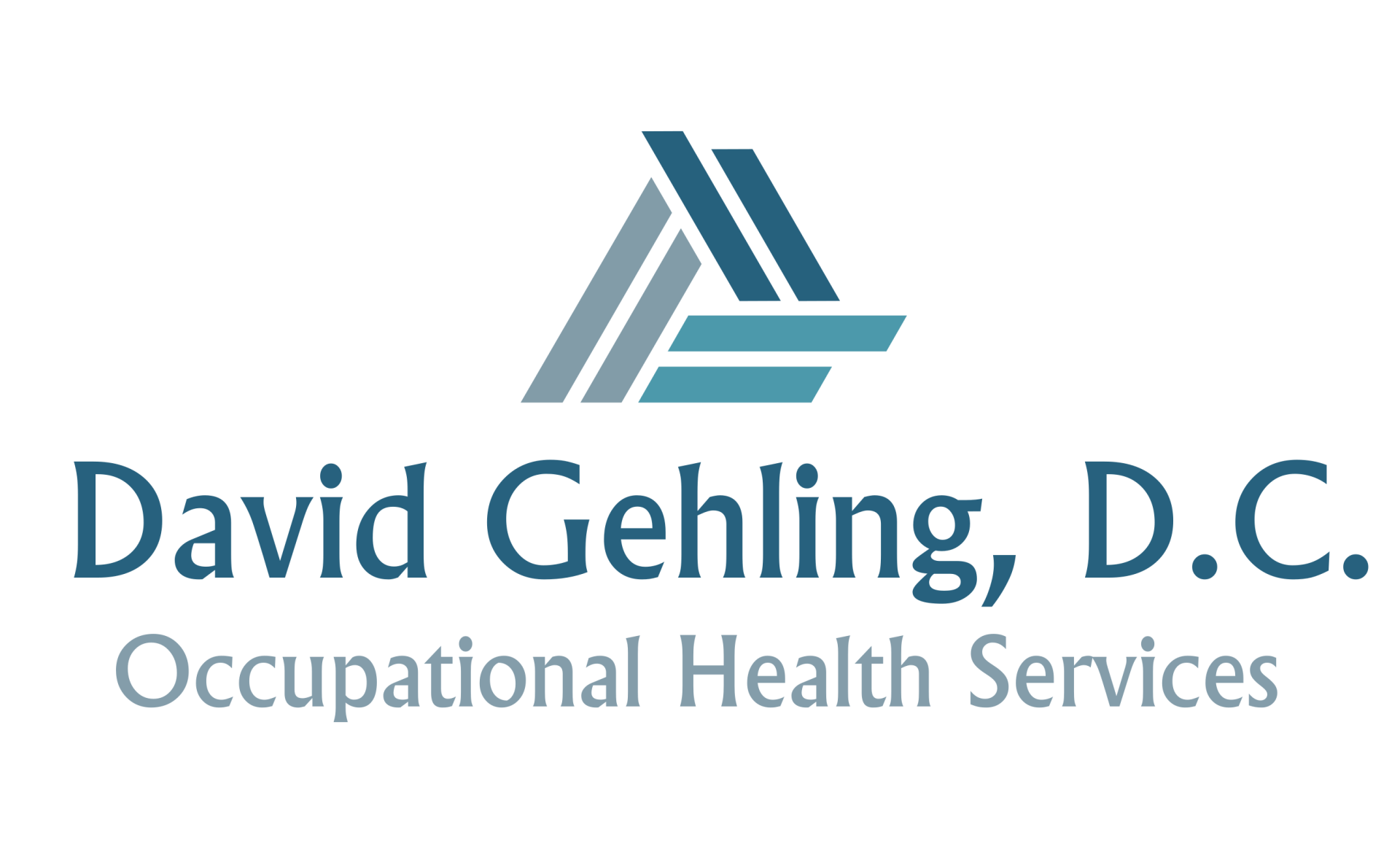
Pulmonary Function Testing
Pulmonary Function Testing
Pulmonary Function Testing
Spirometry, the most common type of pulmonary function test (PFT), is used to evaluate worker respiratory health in medical surveillance programs and to screen workers for their ability to perform certain tasks. To be compliant, pulmonary function tests must be performed by technicians who have been certified by completing a spirometry training course approved by the National Institute of Occupational Safety and Health (NIOSH). Dr. David Gehling is a NIOSH certified technician.
Under the federal respiratory protection standard (29 CFR 1910.134), the Occupational Health and Safety Administration (OSHA) requires employers to develop and implement a written respiratory protection program if airborne contaminants in the workplace exceed permissible exposure limits or employers require employees to use respirators to protect against hazardous respirable exposures.
Across many industries, hazardous chemicals are a fact of life – either as a material used directly or as a byproduct of a production or manufacturing process. OSHA has defined four potential methods of contact with hazardous substances: inhalation, skin contact, swallowing or ingestion, and injection. The most common is inhalation.
Calculations show that the average person breathes in about six liters (or 1.59 gallons) of air each minute – along with any contaminants the air contains. Employees who do hard physical work may inhale more than 2,800 liters (almost 740 gallons) of air in the average eight-hour working day.1
What is a Pulmonary Function Test?
Pulmonary function tests are an essential component of your respiratory protection program because they measure an employee’s lung function. When performed on a new hire, a pulmonary function test can identify employees who may not be suited to wearing a respirator or working in an environment where there are potential hazardous exposures.
The information gained from respiratory health surveillance, including medical evaluation and pulmonary function testing, may lead to detection of early lung disease. Detecting lung disease early allows for earlier access to management and treatment. Pulmonary function tests truly are a safety net for employees.
Spirometry is the most common pulmonary function test. Spirometry measures:
- Air volume breathed out, or forced vital capacity (FVC)
- Air volume expelled in one second, or forced expiratory volume in one second (FEV1)
- The relationship between the two (the FEV1/FVC ratio)
Clinicians can use any of these tests (or a combination of them) to examine results over time to diagnose a worsening condition or a need for work restriction or medical treatment.
It’s important to understand that OSHA requires pulmonary function testing only in the medical surveillance provisions of standards related to specific substances, such as asbestos, cotton dust, benzene, formaldehyde and, more recently, silica and beryllium.
OSHA’s respiratory protection standard (29 CFR 1910.134) requires an employee’s health and physical condition to be assessed to determine if he or she is able to safely wear a respirator in the performance of job duties.
Knowledgeable • Affordable • Trusted
405 College Drive
Decorah, Iowa 52101
Decorah, Iowa 52101
Schedule Appointment
After Hours available By Appointment Only
After Hours Post-Accident Testing available
© 2024
David Gehling, D.C. Occupational Health Services
Designed and hosted by Stress Less Tech Solutions

